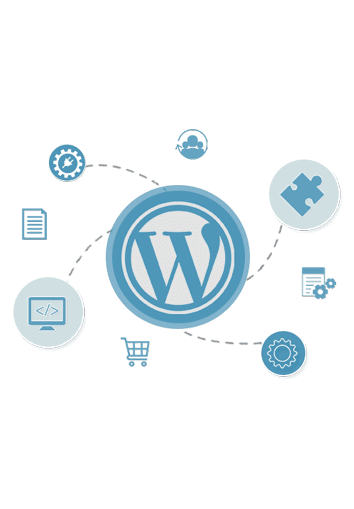Tube Rank: Your Guide to Video Success
Discover tips and insights for optimizing your video presence.
WordPress Wizardry: Crafting Websites That Work Like Magic
Unleash your site’s potential with WordPress Wizardry! Discover tips for crafting websites that enchant and engage your audience effortlessly.
10 Essential Plugins Every WordPress Site Needs for Maximum Performance
When it comes to optimizing your WordPress site for maximum performance, the right plugins can make all the difference. Here are 10 essential plugins that every WordPress site needs:
- Yoast SEO: Enhance your site’s search engine optimization with this powerful tool.
- WP Super Cache: Speed up your website by generating static HTML files.
- Wordfence Security: Protect your website from various threats with this comprehensive security plugin.
- Contact Form 7: Create flexible contact forms easily and efficiently.
- UpdraftPlus: Implement a reliable backup solution to safeguard your data.
Continuing with our list of essential plugins, the next five will further enhance your site's functionality:
- WooCommerce: Transform your site into a fully functioning e-commerce store with this versatile plugin.
- Elementor: Design beautiful pages with a user-friendly drag-and-drop interface.
- Akismet: Protect your site from spam comments and maintain its credibility.
- Smush: Optimize your images for faster loading times without sacrificing quality.
- MonsterInsights: Gain valuable insights into your website traffic with Google Analytics integration.

How to Optimize Your WordPress Website for Speed and SEO
Optimizing your WordPress website for speed and SEO is crucial for improving user experience and search engine rankings. Start by choosing a reliable hosting provider that specializes in WordPress, as this can significantly impact your site's performance. Next, utilize a lightweight theme and minimize the use of heavy plugins, which can slow down your site. Regularly updating your themes and plugins ensures that you benefit from performance improvements and security patches. Additionally, consider implementing a content delivery network (CDN) to distribute your content geographically, reducing latency for users across the globe.
Another essential step in optimizing for speed and SEO is to enable caching on your website. This can dramatically increase load times, as cached files are served to users without the need to regenerate content with each request. You can also compress your images using techniques such as lossless compression to reduce file sizes without compromising quality. Finally, conduct regular speed tests using tools like GTmetrix or Google PageSpeed Insights to identify areas needing improvement, allowing you to make necessary adjustments and maintain an optimized WordPress site.
What are the Key Elements of a User-Friendly WordPress Design?
Creating a user-friendly WordPress design involves several key elements that enhance navigation and overall experience. First and foremost, a clean and responsive layout is crucial, as it ensures that your website looks good on all devices, including smartphones and tablets. Additionally, intuitive navigation menus should be straightforward, allowing visitors to find information quickly. Consider using breadcrumbs to offer a visual guide of the user's location within your site, making it easier to backtrack to previous pages.
Another essential aspect of a user-friendly WordPress design is fast loading times. Users are likely to abandon a site that takes too long to load, so optimizing images and using efficient themes can significantly improve performance. Furthermore, accessibility should not be overlooked; ensuring that text is easy to read, color contrasts are sufficient, and all users can interact with your site enhances the user experience. Lastly, incorporating engaging call-to-action buttons can guide users towards desired actions, making the overall design more effective and user-centric.